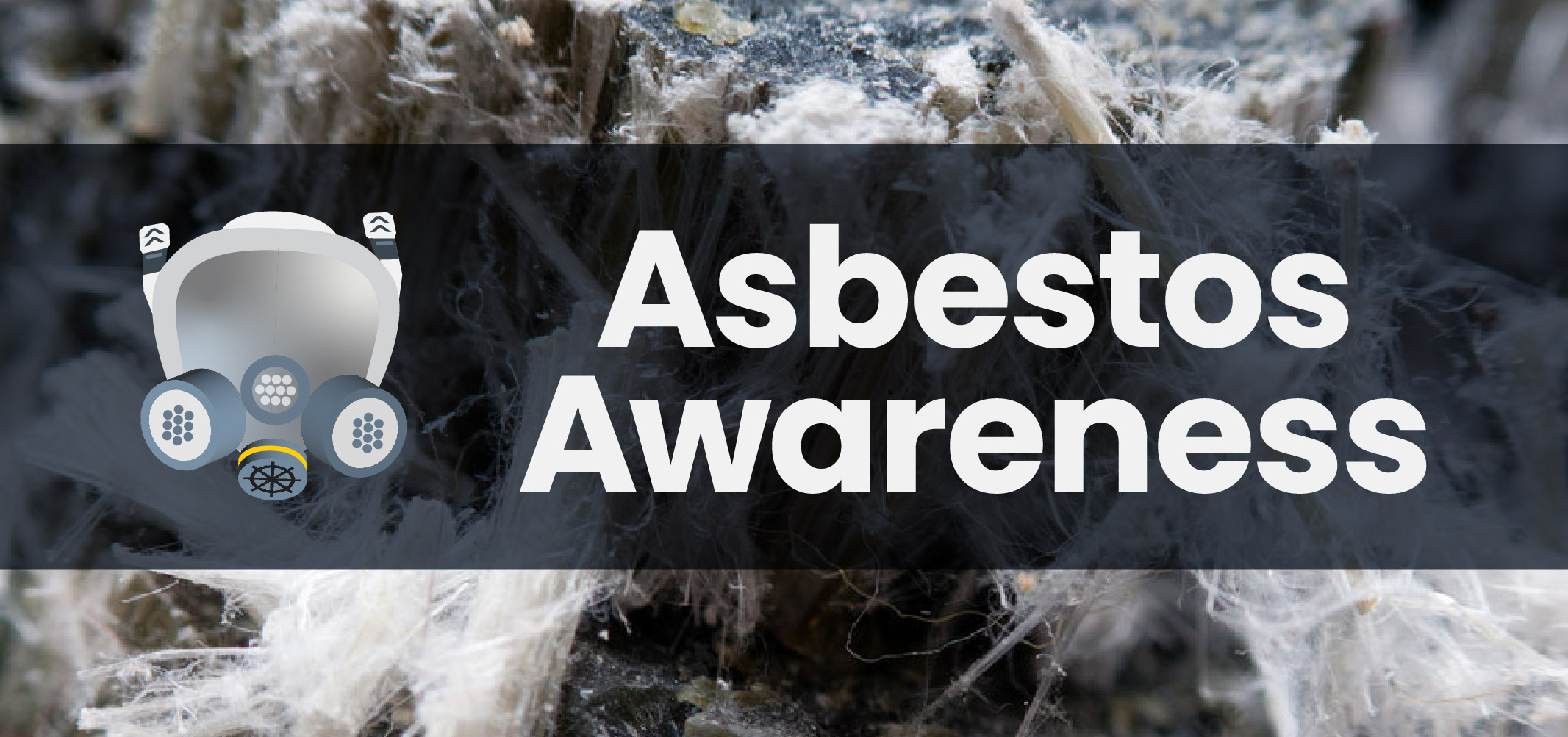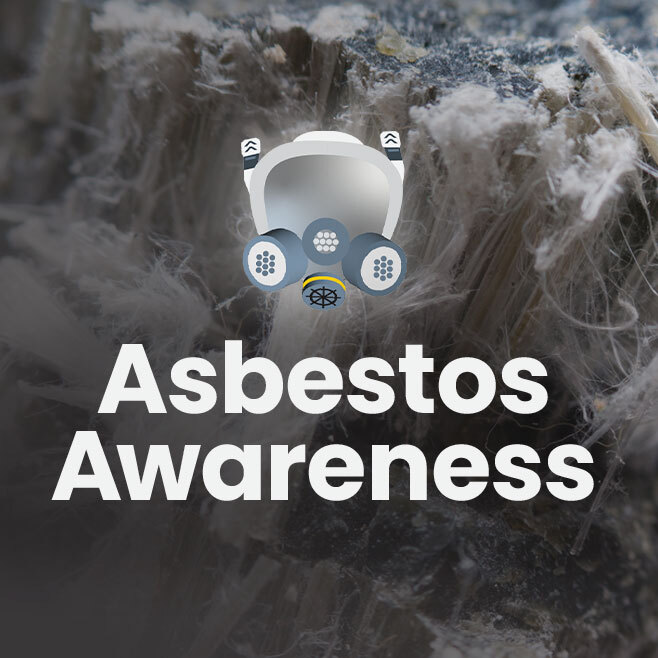
Are You Keeping Your Employees Safe From Asbestos?
Are your employees aware of the risks of asbestos to recognize the signs and symptoms of this silent, but harmful, toxin? Let’s explore asbestos to help you better understand how to mitigate this risk for your organization.
Asbestos is defined as a mineral fiber that is so tiny it can only be seen under a microscope. To put it simply, it’s a hazardous air pollutant that can negatively affect people who inhale it, according to the Arizona Department of Environmental Health & Quality (ADEQ). Asbestos can be especially present when renovating or demolishing buildings. On August 25, 1989, The U.S. Environmental Protection Agency (EPA) outlawed the use of asbestos to keep civilians safe. The Occupational Health and Safety Administration (OSHA) oversees protecting workers through regulation from the harmful effects of this carcinogen.
Where Can It Be Found?
Asbestos can primarily be found in older building materials, such as insulation, but may also be found in older roofing sprays, as it was commonly used in construction to keep materials fire resistant. By 1999, all three types of asbestos (blue, white, & brown) were officially banned, but the remains of past asbestos use can still be found in older structures.
Who Is Most at Risk and What Can Asbestos Contamination Cause?
According to the Mayo Clinic, people who worked in mining, milling, manufacturing, and construction before the late 1970s are at highest risk of asbestosis, which is an infection of the lungs. Though asbestosis diagnosis is rare, it can also lead to mesothelioma, and even lung cancer, and has the potential to impact workers today.
According to NHS Inform, symptoms may include:
- Prolonged shortness of breath
- Persistent cough
- Wheezing
- Fatigue
- Chest pain
- Swollen fingertips
It’s important to conduct an asbestos inspection for each of your commercial facilities (even prior to demolition) to ensure that you are not only in compliance with OSHA, but also keeping your employees safe in the workplace, especially if you operate in older buildings. YellowBird recommends keeping detailed records after having inspected your facilities for this hazard, and re-inspecting every 6-12 months.
Looking for a safety professional to conduct your inspection? Get started today with YellowBird to be matched to an expert in your area.





